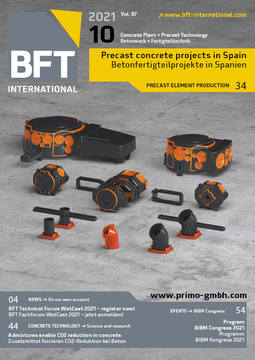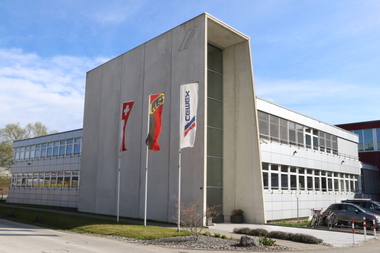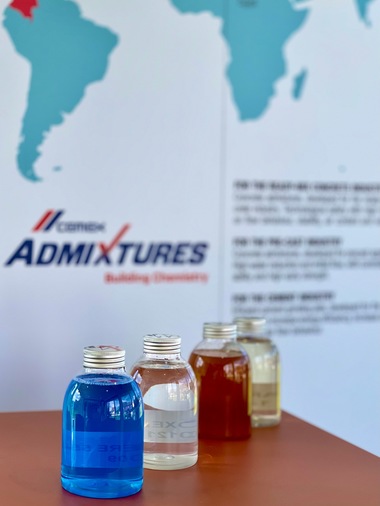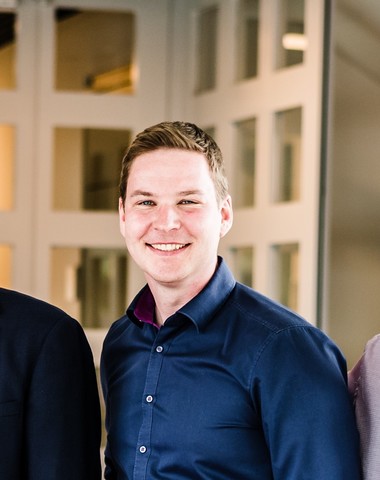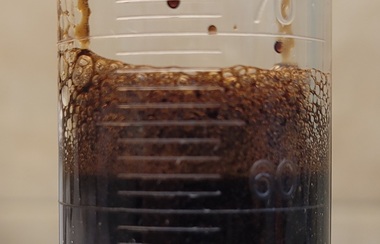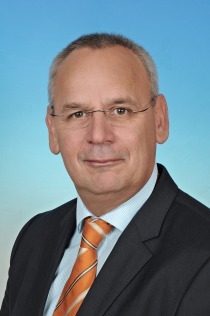The role of R&D in the Cemex Admixtures Business
Already in issue 7/2021, BFT International reported on an interview with Wolfgang Salmen, Manager Product Technology Mortars & Admixtures Europe, and Maximilian Möllhoff, Manager Sales Admixtures Central Europe, from Cemex Admixtures GmbH. In this current issue, Davide Zampini, Global Head R&D, also answered the questions of the BFT editor-in-chief.
BFT International: Mr. Zampini, What is the importance of the admixtures business for Cemex?
D. Zampini: The admixtures business is highly technology-driven, and consequently research and development (R&D) is fundamental for its evolution as well as maintaining competitive advantage – to be ahead of the game and survive one must innovate.
In 2006, Cemex took a strategic decision to incorporate the admixtures business, thus backward integrating in the construction materials value chain. Thanks to this, Cemex is in a very unique position – it is currently the only construction materials company with its own Admixtures Division. Cemex identified admixtures as the opportunity to generate differentiation for its core businesses (cement, ready-mix, and aggregates), and therefore offer value added solutions that can bring important benefits to its customers. More importantly, a centralized R&D team was constructed to spearhead innovation for the admixtures business.
BFT International: How does the Global R&D supports the admixtures business?
D. Zampini: Cemex’s Global R&D is headquartered in Switzerland and consists of a multidisciplinary team of researchers situated in Switzerland as well as in Mexico. Its role is to lead and coordinate the internal research efforts, and specifically in the case of the admixtures business, R&D is responsible for developing technologies that lead to novel functionalities and improved performance with the objective to offer products and solutions with unprecedented benefits. Several Global Brands were launched in the ready-mix business following the incorporation of admixtures. For example, it was the development of a special admixture that led to the first concrete technology with self-curing properties – Hidratium.
Likewise, Promptis, Cemex’s rapid hardening concrete, represented a novel approach towards accelerating strength development – a two component admixtures system enabled the development of compressive strength from 4 up to 20 MPa in 4 hours with workability retention of at least 2 hours. Light weight concretes under the brand of Insularis can achieve a density of 1.3 kg/m3 (almost half of conventional concrete – 2.4 kg/m3) without compromising compressive strength when compared to conventional concrete, but with added feature of providing excellent thermal insulation performance (8 time better than conventional concrete). Similarly, Admixtures R&D at Cemex has been fundamental in developing the unique value propositions underlying the other Global Brands such as Resilia, Pervia, Evolution, and the latest development Vertua Ultra.
BFT International: How does Cemex Global R&D and the admixtures business address climate challenges?
D. Zampini: Vertua is our global umbrella brand represented by different ranges of ready-mix concrete with low CO2 footprint, but more importantly it is Cemex’s commitment to mitigate CO2 emissions. Admixture technologies have been developed to render grinding even more efficient, and thereby reduce energy consumption. A palette of novel admixtures (Isomill series) enables further reduction of clinker factor in our cements by allowing for high amounts or alternative supplementary cementitious materials to be utilized in addtion to the more commonly used slag and fly ash. Vertua Ultra is an example of how admixture R&D has led to the development of admixtures (Isoactive series) that are able to activate silico-aluminate minerals and convert them into an alternative binder to substitute clinker. Consequently, Vertua Ultra clinker-free concrete can achieve a CO2 foot-print reduction of at least 70%.
BFT International: Can you be more specific about this or has your team already started initial projects with regard to the planned CO2 reduction?
D. Zampini: The R&D team is currently at work to develop admixture technologies that address reduce CO2 emissions be it in the production process of clinker, alternative concrete constituents, or that can intensify and accelerate the CO2 absorption of concrete, which naturally, but slowly absorbs CO2. Furthermore, several technologies have also been developed to address the circular economy challenge. For example, Cemex’s Isocycle admixture technology can convert returned concrete in gravel aggregates and reutilized in concrete, whereas the Isoactive technology is able to take ultrafine minerals destined to landfill and convert it to added value gravel.
Key admixtures developments of the Global R&D team are important in creating a true differentiation, but more importantly R&D working in close collaboration with the business units has been agile in responding to market needs as well as proposing novel solutions to evolve the industry. In fact, the technology-business global network that has been established for admixtures has enabled R&D and BU development centers to transfer and deploy technology in most effective and efficient matter. The aforementioned global admixtures business network has been at the foundation for rapidly evolving and responsive business division that is sensitive to the dynamics and importance of rapid technological innovation. A key priority, moving forward, is addressing the challenges of climate change, and finding solutions that can be applied promptly in order to solve future challenges today.




